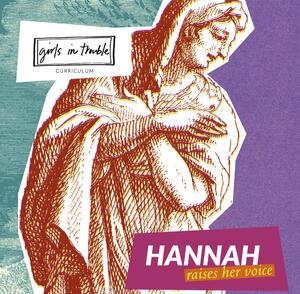Hannah Raises Her Voice
Learn how Hannah attempted to change her life by calling on God for help, and consider the power of asking for what you need or want in your own life.
Overview
Enduring Understandings
- Hannah’s power comes through her vulnerability: not through pretending to be brave, but rather through openly acknowledging her own challenges and suffering.
- We can always attempt to make changes in our lives on our own, but sometimes asking for what we need is the most powerful tool we have.
- Creating art about women in Torah continues the millennia-old tradition of interpretation, while bringing female characters to the center of the process.
Essential Questions
- Why is Hannah’s story important?
- How can Hannah’s story help us with moments in our lives when we want something that it seems we can’t have?
- How does Alicia’s song contribute to our understanding of Hannah’s story?
Notes to Teacher
We encourage you to make this curriculum your own. For instance, if there isn’t time during your class period to have students sketch out their own creative interpretations, you can either leave this part out or treat it as an extension activity.
We also encourage you to include as much hevruta (partner) study as possible. If you are new to hevruta study, you can think of it as discussion between two partners who can help each other learn by challenging each other’s first impressions. Breaking the group into pairs and having them read texts out loud, rather than silently, is an essential part of hevruta study.
Lastly, when studying the Torah text, we find it helpful to have students identify every problem, difficulty, or moment of confusion they can find in the text, as if they were on a scavenger hunt. This opens up the door to midrash, the Jewish tradition of creative Torah interpretation, which imagines answers to those questions.




thank you for sharing this, lots to ponder :)